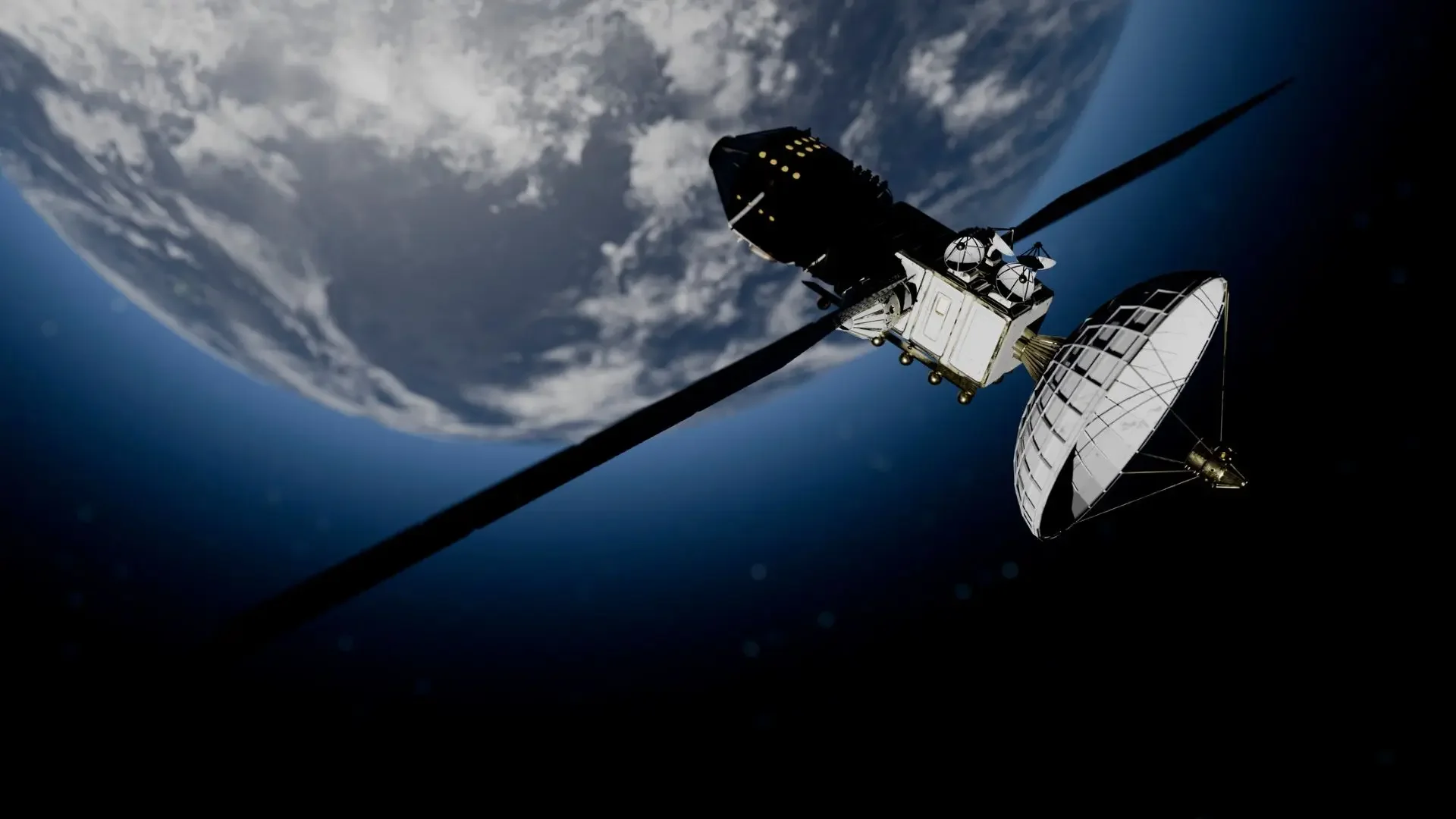US startup’s retractable solar panels help satellites navigate dangerous orbits
A composite materials startup, Atomic-6, has secured $2 million in funding from the US Space Force. Under the agreement, the company will develop its solar power array for military satellite applications.
Marietta, Georgia-based Atomic-6 is developing solar arrays that fold and unfold repeatedly. These allow spacecraft to adapt and reconfigure for different mission phases.
Atomic-6’s “Light Wing” technology
Atomic-6’s new contract is funded via a Tactical Funding Increase (TACFI) agreement. According to a SpaceNews report, this is a Department of Defense agreement that pairs Small Business Innovation Research (SBIR) funds with private capital. The initiative is aimed at accelerating the development and deployment of dual-use technologies.
The agreement will play out over 21 months, Atomic-6 announced in a statement on July 2. During that time, the company will test and qualify its “Light Wing” solar array. The system is designed to withstand the rigors of long, intensive orbital missions.
The US Space Force is particularly interested in the “stow and redeploy” design element of Atomic-6’s Light Wing array. This uses a patented “space mast” and “space hinge” technology that is capable of rapidly retracting and redeploying solar panels when necessary.
This allows satellites to stow away their arrays when they approach other satellites or objects. In an increasingly crowded orbital space, this could prove crucial for avoiding collisions. Once the risk has been averted and the satellite is flying in a safer orbit, the arrays can quickly redeploy.
Tackling an increasingly congested orbit
Atomic-6 was founded in 2018 by its president and CEO, Trevor Smith. The company’s board of advisors includes names such as famous astronaut Chris Hadfield and Sierra Space COO Jeff Babione.
Atomic-6 specializes in high-performance composite materials developed for extreme space environments. According to the SpaceNews report, the company has won a number of SBIR funding awards from the Department of Defense and NASA.
Last year, Atomic-6 was awarded a $3.8 million TACFI agreement from the US Air Force’s AFWERX unit to develop “Space Armor” tiles. These will protect satellites from debris impacts, as well as the potential threat of anti-satellite weaponry. The tiles are also designed to protect spacecraft from radio-frequency interference, while allowing the same spacecraft to maintain its own communications.
Atomic-6’s satellite protection technologies are increasingly necessary as low Earth orbit becomes ever more crowded. According to a report from the European Space Agency, several major space collisions occured in 2024. During these events, space debris collides, created many more small pieces of debris. These, in turn, raise the risk of more collisions.
“Even without any additional launches, the number of space debris would keep growing, because fragmentation events add new debris objects faster than debris can naturally re-enter the atmosphere,” ESA explained in its post.
Contact Us for RFPs
To learn more about Space Armor™, other Atomic-6 innovations, and/or submit a Request for Proposal (RFP), please contact our team at sales@atomic-6.com.
About Atomic-6
Atomic-6 is revolutionizing mobility in space, air, land, and sea by rapidly designing and manufacturing the world's finest composite solutions. Everything we touch gets lighter, stronger, and smarter. Visit our website atomic-6.com or contact us directly to learn more.
Media Inquiries
Atomic-6, Inc.
media@atomic-6.com

